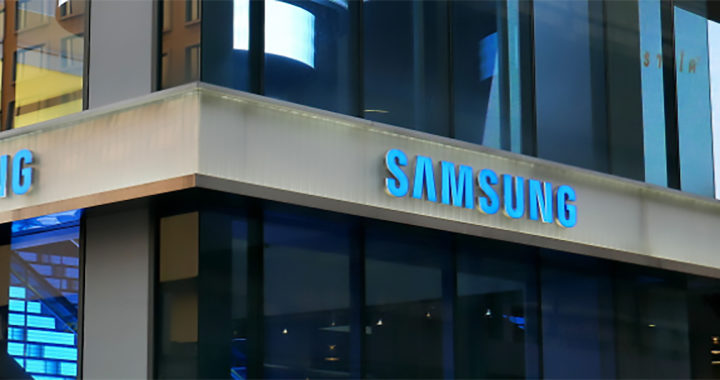Samsung products are available in more than 200 countries around the globe. It has become a household name due to its strong presence in Asia, Europe, and North America. Brand equity is a source of its competitive advantage and the company further banks on this strength to expand its reach into emerging markets in Africa and South America. An important factor for this global success is its effective and efficient distribution strategy. This same strategy is critical to its marketing mix and its overall business strategy.
Examining the Distribution Strategy of Samsung: Strategic Principles and Channels of Distributions
1. Strategic Principles
The distribution strategy of Samsung involves multiple but overarching principles designed to reach a wide range of consumers and retain its global presence. The following are the specific components and principles of its strategy:
• Maximizing Global Reach: The company aims to maximize its reach using all possible distribution channels to make sure that its products are present in its target geographic markets and accessible to specific target consumers. These channels include direct and indirect channels, as well as offline and online channels.
• Customer Convenience: Another important principle in its distribution strategy is convenience. This specifically entails ensuring that the target customers or prospective buyers can purchase its products without hassle. Doing this requires strong brand visibility and a consistent presence using offline and online storefronts.
• Push and Pull Marketing: It also uses a specific push and pull approach this marketing. A push approach involves building and maintaining relationships with third-party distributors and a pull approach centers on using a promotional strategy to encourage distributors to stock and sell its products.
• Logistics Management: The company ensures the efficient movement of its products across the world through a network of warehouses and distribution centers located around the world. Technological capabilities support its logistics operation through proper tracking, vendor management, and inventory management.
It is important to underscore the fact that the company produces and markets a range of consumer electronic products at various pricing points. These include home appliances, mobile and communication devices, and other electronic accessories.
The main challenge in its distribution strategy rests on guaranteeing that all of its diverse products get distributed in its respective target geographic markets and that its target consumers have a convenient way of purchasing these products.
2. Distribution Channels
Remember that the central purpose of the distribution strategy of Samsung is to maximize its reach using all available and relevant distribution channels. The following are the specific channels used in distributing its products:
• Direct Retail: Samsung owns and operates a network of retail stores in several countries to sell its main consumer electronic products such as smartphones, tablet devices, wearables, and laptop computers. It also has bigger retail stores in selected locations that sell different products from its diverse product portfolio.
• Online Sales: The company also has an online storefront accessible through its official website. This online store acts as a medium for marketing communication and an electronic commerce platform for processing and fulfilling online sales. Products bought from these stores are shipped directly from warehouses.
• Indirect Retails: Indirect distribution channels form an essential part of the distribution strategy of Samsung. These channels include wholesalers that resell products to smaller retailers, third-party retailers such as big box department stores, specialized retailers such as electronic or appliance stores, and network carriers.
The direct channels of the company allow it to improve customer service and provide a more personalized buying experience. The indirect channels help in reaching a wider target while also supplementing its ongoing promotional activities.
It is also important to highlight the fact that its products are available in other online stores or electronic commerce platforms such as Amazon. These platforms are part of its indirect distribution channel and online distribution channel.





